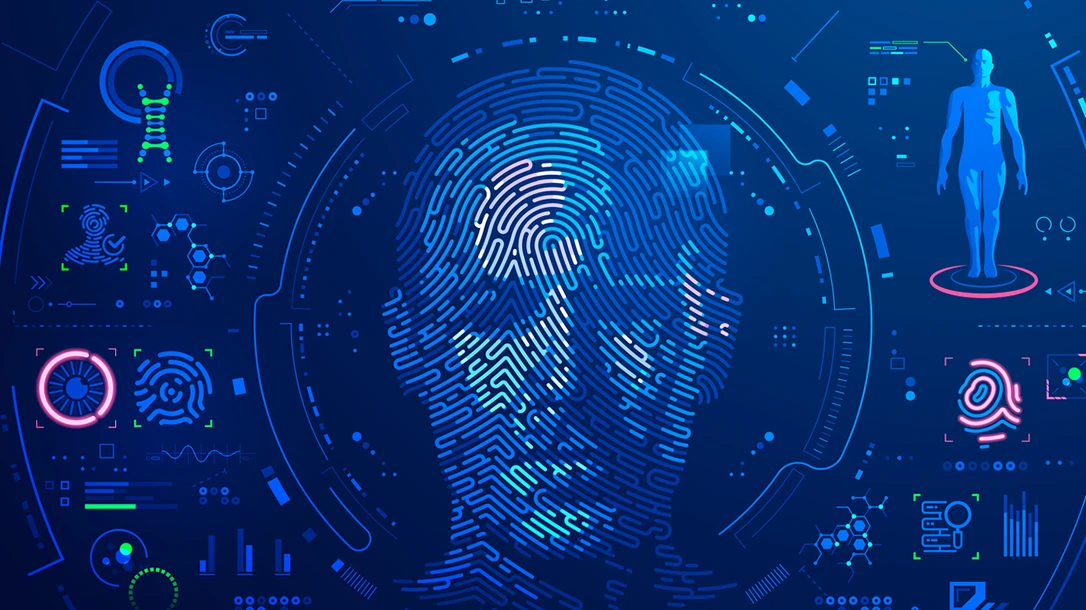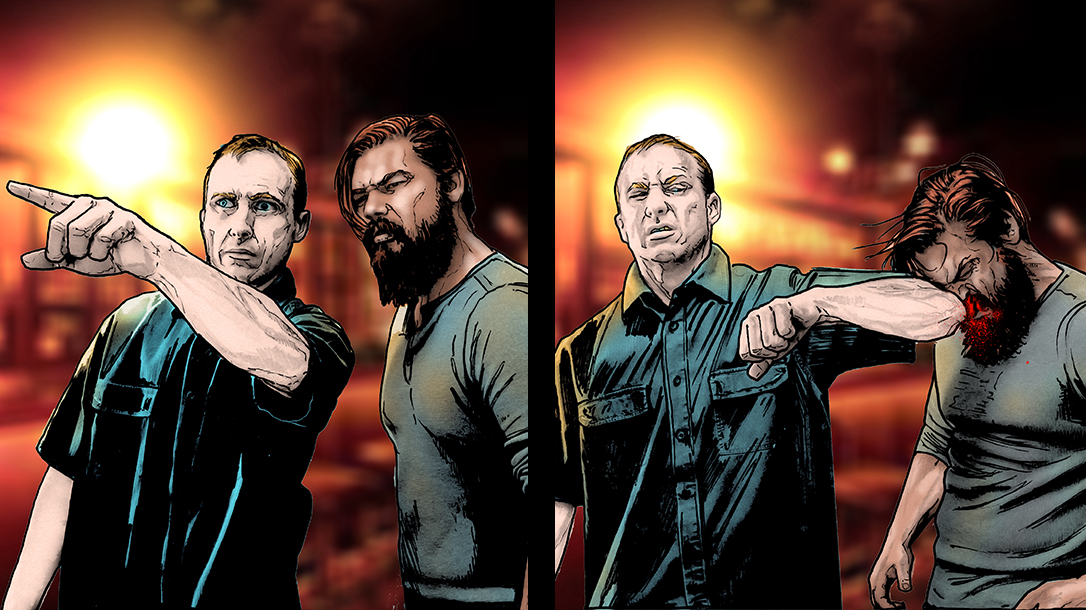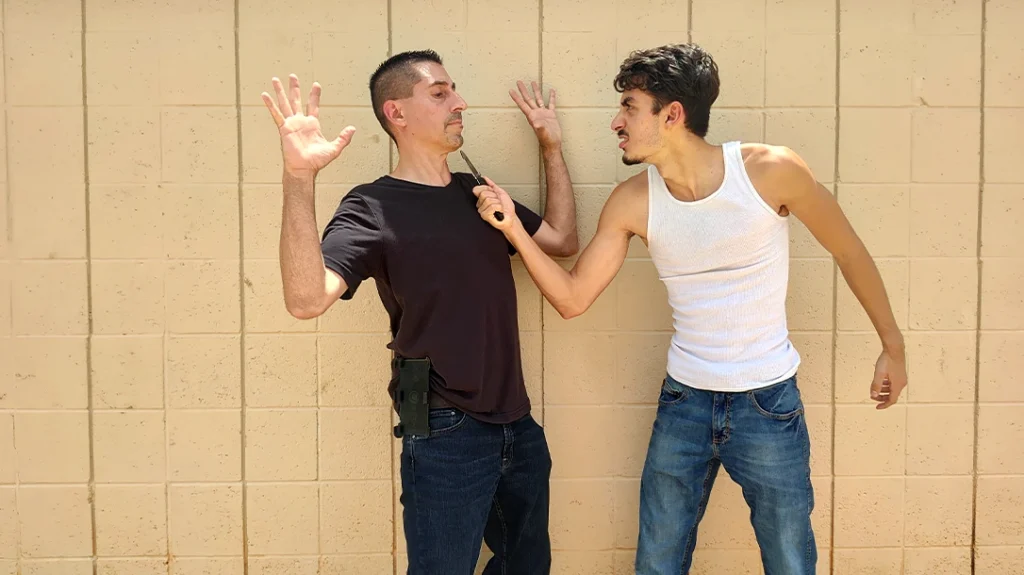Police sketches have come a long way. Whereas previously, a professional individual had to sit down and draw an image based on a witness’s statement, now technology is implemented to make the process quick, easy, and just as accurate. These professionals are known as Forensic Artists. At least 76 percent of cases are solved partially because of a sketch of a suspect. In the past, there have been a few standout Forensic Artists, such as Lois Gibson, who has helped identify more than 1,300 suspects by creating composite sketches.
What is a Forensic Artist?
Although the process of drawing police sketches has undergone significant changes over time, the use of these sketches dates back to the late 1800s. Drawings of crime scenes and police activity were already in place in the 1840s when the publication known as the Illustrated Police News was popular in the United Kingdom. This particular publication was more akin to a tabloid-type newspaper; however, each edition featured intricate, detailed drawings of incidents that had occurred.
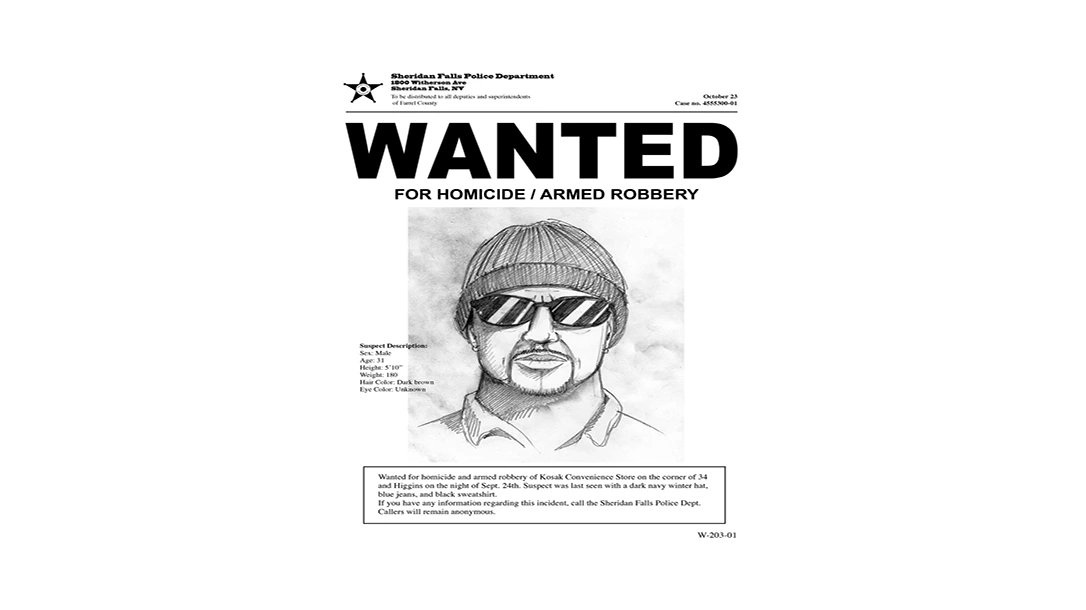
Advertisement — Continue Reading Below
Criminal History
Around 1880, Alphonse Bertillon, a French Criminologist, developed a system to use accurate measurements of suspects’ physical features. From there, the Identi-Kit was born. Bertillon was also instrumental in developing the importance of police photography, which included mug shots and record-keeping in general.
In the late 1800s, the very first Identi-Kit was created. The concept of the Indenti-Kit is still used today in software, but the initial machine was, of course, much more primitive. However, this mechanical system was fairly innovative for its time. It allowed law enforcement to take drawings that were already completed or even photos of certain facial features and combine them to create a composite image. This concept is where the term composite sketch” originated. The United States began to make this a standard practice for law enforcement in the late 1950s. Scotland Yard was the first European agency to utilize the Identi-Kit system in the 1960s.
The Purpose of Composite Sketches
The official title of someone who draws police sketches is a Forensic Composite Artist or a Forensic Artist. The purpose of police composite sketches has not changed; even the method used today differs from the original process. There are often incidents where a witness or victim can describe a suspect, providing a crucial means of identification when other methods are unavailable.
Advertisement — Continue Reading Below
Although many cities now have monitored CCTV cameras installed throughout their areas and many residents own cameras, crimes still occur out of the view of cameras. For those moments, police composite sketches are invaluable in helping to identify a suspect. With a detailed picture of a suspect, not only can law enforcement make the sketch public to raise awareness about a person or situation, but it can also help law enforcement review mugshots and assemble a police lineup to identify the suspect.
Likewise, composite sketches can aid in identifying a victim in a cold case where remains have been found, but there is insufficient information or evidence to determine who the person was definitively.
The primary difference between facial reconstruction software and composite sketch software is that facial reconstruction software takes an image of an individual and compares it with other images to identify a person. For example, a picture of someone who has not been identified will be compared to images of individuals who have been identified to be able to match the image.
Advertisement — Continue Reading Below
Police composite sketches serve the purpose of creating an image based solely on a description to help identify an individual, whether they are a suspect or a victim.

High Profile Cases
There have been a few high-profile cases that have been solved by using a Forensic Artist to develop a composite sketch. In 1961, Scotland Yard used this process to identify and apprehend Edwin Bush. Bush had murdered an antique shop employee in London. He had stabbed her with an antique sword. The shop owner found the decedent and recalled seeing a suspicious man who had been in the store earlier that week. They said he was fixated on the sword. Another witness stated to the police that they saw Bush and a female attempt to sell the same sword later to another entity. Law enforcement was able to take the two witness descriptions and create a composite sketch of Bush. He was later arrested, making him the first suspect in Europe to be identified by using the Identi-Kit.
Advertisement — Continue Reading Below
As time went on and more police agencies realized the significant role that composite sketches could play in their work, the Federal Bureau of Investigation began offering a police sketch course at Quantico.
The Night Stalker
In 1984, the city of Los Angeles and other surrounding locations were terrorized by Richard Ramirez, also known as “The Night Stalker”. He began his crime spree with break-ins and then escalated to rape and murder, killing at least fifteen people.
However, he was identified by a victim whom he had assaulted but did not kill. This victim provided law enforcement with an accurate description of Ramirez, noting that he had told her he was the Night Stalker. Though there were other pieces of evidence tying Ramirez to the crime, including a footprint and a fingerprint, the description of the killer by the victim, Inez Erickson, helped Forensic Artists to draw a picture of Ramirez, which was then sent to the media.
Advertisement — Continue Reading Below
Law enforcement had information that Ramirez had gone to Arizona to visit his brother, but would be returning on a bus to Los Angeles. Between police patrolling that area and the fact that the public now knew what Ramirez, also known as the Night Stalker, looked like, he was quickly identified. In fact, a group of civilians who had recognized him from the composite sketch distributed in newspapers and news stations helped detain Ramirez until law enforcement could take him into custody.
Using a Police Sketch to Identify Victims
Police composite sketches have also helped identify a deceased individual whose identity was previously unknown. There are often cases, especially those that have grown cold, where a composite sketch has identified the victim, bringing law enforcement that much closer to solving the case and providing closure for families who may not have known what happened to their loved one.
This type of Forensic Art focuses on physical traits as well, but often takes into consideration other details, such as skull features, depth of tissue or skin, and applies the same skills for putting together physical traits to identify a suspect as it does to reconstruct the identity of remains found to identify a victim. This process is more commonly known as facial reconstruction, but it still falls under the same category as police sketches in general.
Advertisement — Continue Reading Below
There have been numerous cases throughout the years where police composite sketches have helped identify victims.
In the 1960s, a deceased hitchhiker was identified by a sketch artist drawing a composite sketch. Authorities were able to release the sketch to the public and later provided information regarding the decedent’s identity.
For instance, in 2012, an unknown victim was found in New York. At that time, there was a serial killer on Long Island, and it was suspected that the victim may have been another victim of this particular killer. Police had found a victim along the highway. Law enforcement released a composite sketch of the victim in an effort to obtain information from the public to identify the victim and possibly to acquire more information about the killer.
Advertisement — Continue Reading Below
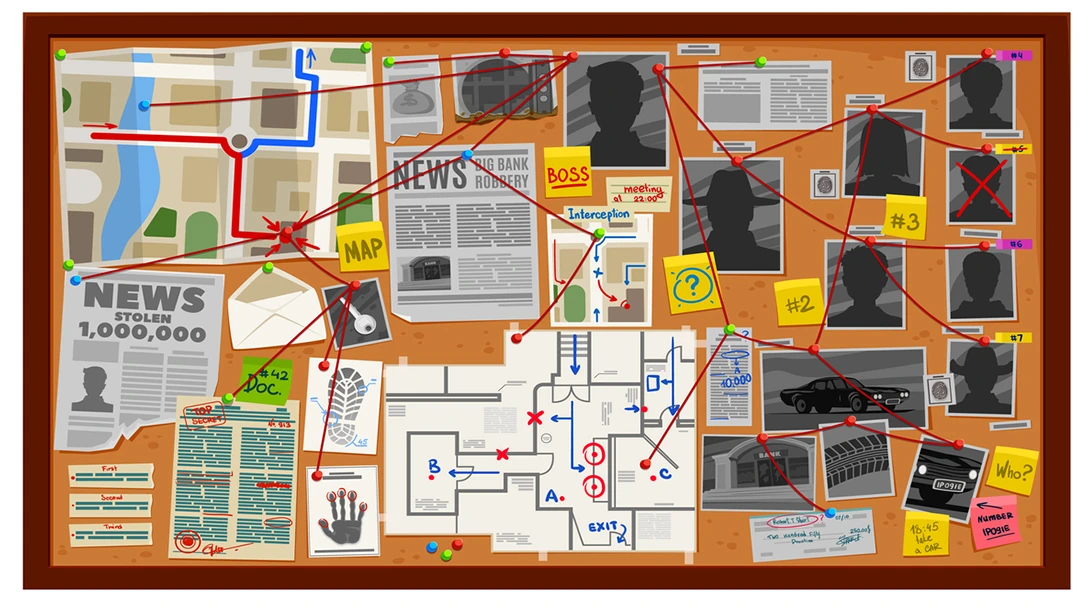
Modern Use of Composite Sketches
Today, the use of Forensic Artists and police composite sketches is still significant and is a helpful tool in identifying suspects. However, the process has become more sophisticated and technology-based than the original Identi-Kits.
Presently, software such as Faces, PortraitPad, and SketchCop assist law enforcement in identifying suspects or even victims. The actual process of the software is similar in nature to the original Identi-Kit; however, by doing the same steps digitally, it expedites the process. Once an individual is interviewed and asked to describe someone, a Forensic Artist will compile various features of facial characteristics to form a potential picture of what the suspect may look like. Once the initial sketch is complete, the Forensic Artist works with the witness to refine any other physical traits or details.
Advertisement — Continue Reading Below
From there, the composite picture is given to law enforcement. Software development for composites has helped law enforcement departments that may not have been able to afford hiring a professional artist to implement these same skills and produce effective composite sketches.
Traditional Forensic Artists are highly trained individuals who must undergo not only art training but also anatomy training. These professionals may obtain formal degrees or undergo specialized training. The role of a Forensic Artist greatly helps in the process of identifying both suspects and victims. As time passes and technology advances, there will surely be more improvements to the original Identi-Kit.
